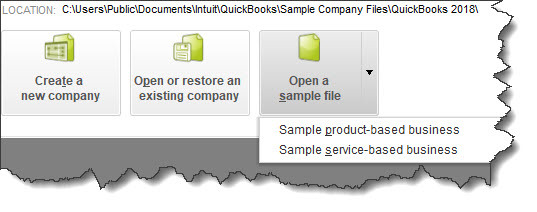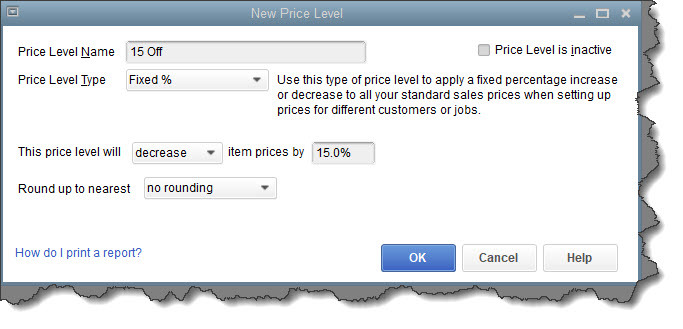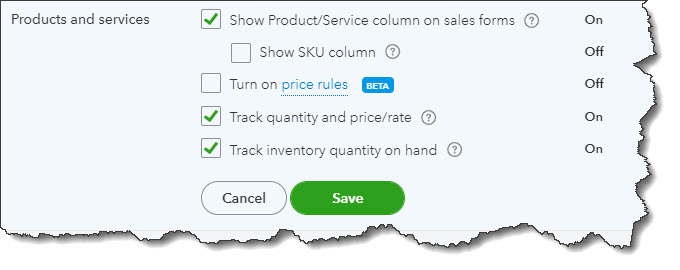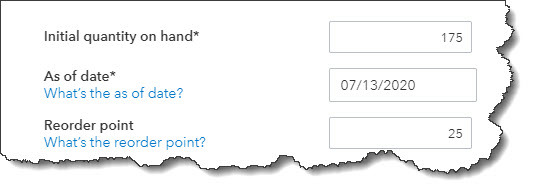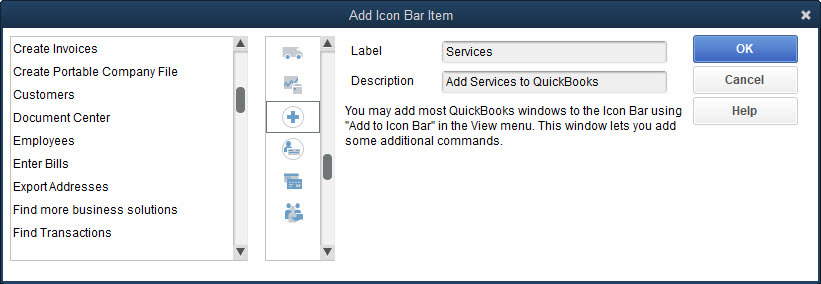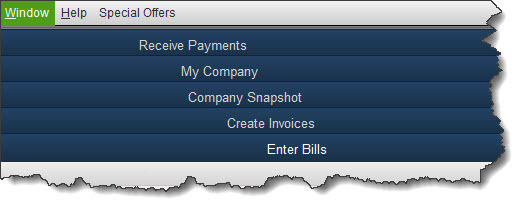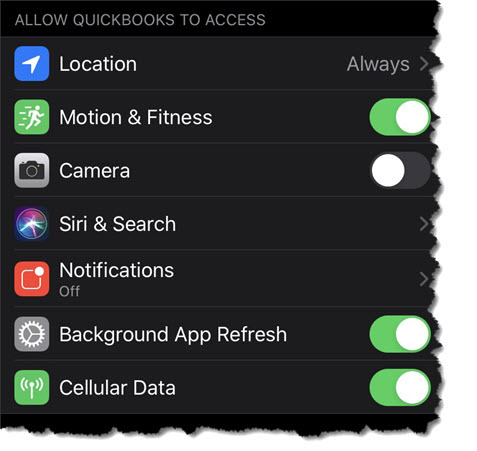Where is your money coming from? Where is it going? You can use tags in QuickBooks Online to find out.
QuickBooks Online offers numerous ways to help you track your sales, expenses, and profitability. If you’re using QuickBooks Online Plus or Advanced, you can create and assign Classes to transactions to differentiate between, for example, store departments or product lines. Some of the site’s reports are designed specifically for these tools, like Sales by Class and Profit and Loss by Class.
You can assign Categories to products and services to gain insight into your sales and inventory. There’s a different set of Categories that you’ll use when you record bills and expenses. These are important for reporting and tax purposes. You can also add a Location field to sales transactions so you can track sales by stores, sales regions, or counties, for example.
What Are Tags?
Then there are Tags, which are fairly new to QuickBooks Online. These are customizable labels that you can assign to transactions (invoices, expenses, and bills). They’re more flexible than the tools we’ve already mentioned – they allow you to track your money any way you want. They don’t affect your books, and they’re not included in the customization criteria for reports. But there are two reports specifically designed for them: Profit and Loss by Tag Group and Transaction List by Tag Group.
Creating Your Own Tags
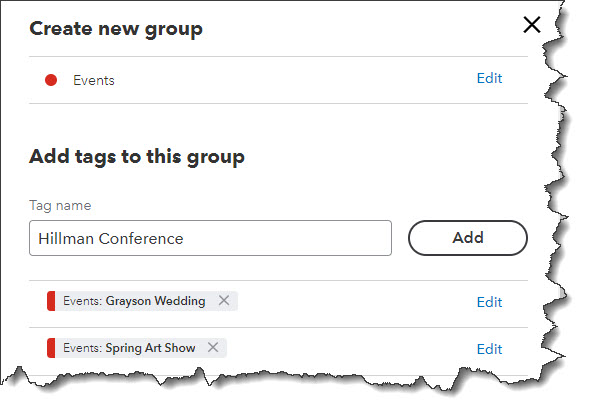
Once you’ve given your group a name, you can start adding tags to it.
Before you create a tag, you need to create a Group. Groups consist of related tags that share a common theme. For example, say you do some event planning. You might have a group titled Events. Individual events might read, for example, Grayson Wedding, Spring Art Show, and Hillman Conference.
To get started, click the gear icon in the upper right. Under Lists, click Tags to get to the tool’s home page. (You can also click on the Transactions link in the toolbar, then click the Tags tab.) Click New, then Tag group. A vertical panel slides out from the right. Enter a name in the Group name field. Click the down arrow to select a color, then click Save.
Enter your tags one by one in the fields labeled Tag name. Click Add after each one until your list is complete. Click the Edit button to make any changes. When you’re finished, click Done. The main Tags page will open again, and you’ll see your new group under Tags and Tag Groups. Repeat to add as many as you’d like, up to 300 tags.
Using Tags

You can add tags to any transaction that contains a field for them
.
Let’s look at how you’d use tags in an expense. Click the Expenses link in the toolbar, then New transaction | Expense in the upper right. Click the down arrow in the Payee field in the upper left and select + Add new. Enter Billy’s Bridal in the Name field Leave the Type as Vendor and click Save. Back on the Expense screen, select the Payment account, Payment date, and Payment method for the expense (reference number is optional).
Directly below those fields, you’ll see the Tags field. Click Manage tags if you need to add or edit one; the right vertical pane you saw before will slide out. Otherwise, click in the field below Tags. Your list of tags will drop down. Select Grayson Wedding to move it into the field. You can assign as many tags as you’d like to transactions, but you can only select one tag from each group. Finish the expense and save it.
Go back to the Tags home page, and you’ll see that there’s a link to one transaction in the Events row. At the end of each row is the Action column, where you can run a report, add a tag, and enter or delete a group. Your expense total appears in the Money Out (by tag) box above it.
Tags are a great addition to the tools QuickBooks Online provides to help you track incoming and outgoing funds. If you’re not familiar with the others we mentioned at the beginning of this column and want to learn how to explore them, let us know. We’d be happy to walk you through their use and help you understand how they can make your finances more understandable.

